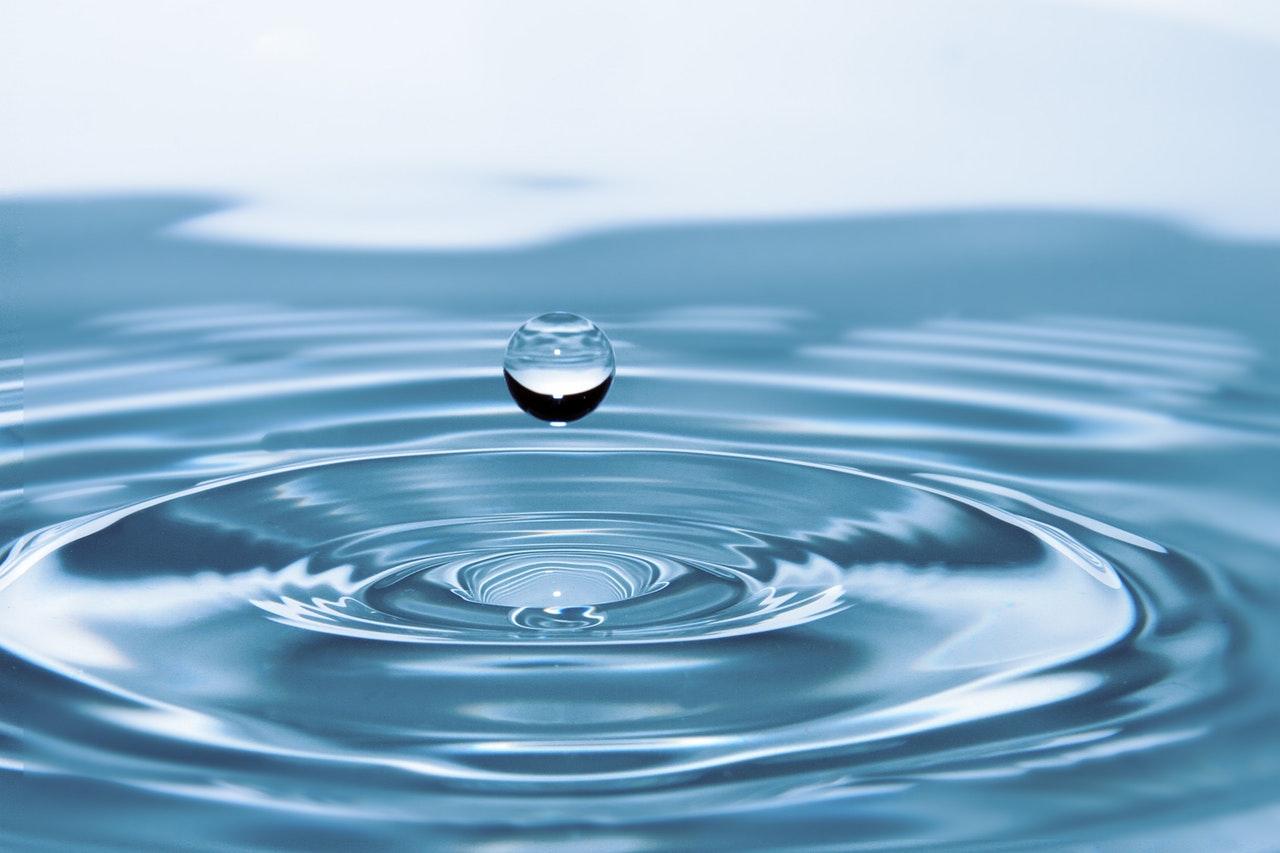Many people who suffer from dry eye disease have symptoms such as burning, irritation, and grittiness. Others may experience a common symptom that may be confusing: watery or runny eyes. While it may seem completely contradictory, watery eyes are most commonly a sign of dry eye disease. More specifically, they are a sign of Meibomian gland dysfunction (MGD), a common underlying cause of dry eyes.
Understanding the Tear Film
To understand how dry eye disease can cause watery eyes, it’s important to know what makes up the tear film. Tears are composed of three layers: a mucin layer, an aqueous layer, and an oily lipid layer. The mucin layer is the innermost layer of the tear film that is in contact with the corneal surface. It helps the tears to be evenly distributed across the front of the eye. The watery aqueous layer makes up the bulk of the tear film and plays the largest role in lubrication and nourishment. The outermost lipid layer is released by the Meibomian glands that line the eyelids. This oily layer provides the tear film with a stable protective layer that prevents evaporation.
Any disruption in the three layers of the tear film can result in symptoms of dry eye disease. Watery eyes in particular are usually attributed to Meibomian gland dysfunction, resulting in a deficiency in the oil layer of the tears. If the Meibomian glands are not properly releasing the lipid portion of the tears, they quickly evaporate from the ocular surface. The eye attempts to compensate for this by over-producing tears. However, these reflex tears contain too much of the watery aqueous component and usually end up rolling off the eye, causing the eyes to seem “watery.”
Treating Watery Eyes
To treat watery eyes, you have to address the underlying Meibomian gland dysfunction. We have talked in the past how eyelid hygiene, including warm compresses and lid scrubs, can help prevent blockage of Meibomian glands and promote a healthier, more stable tear film. Devices such as the Lipiflow are also effective treatment options. The Lipiflow is an in-office procedure performed by a trained eye care professional that targets MGD by gently massaging the eyelids and removing blockages from the tiny glands. It can provide long-term relief from many dry eye disease symptoms, including watery eyes.
Other Causes of Watery Eyes
While watery eyes are usually associated with problems in the tear film, there may be other causes. Ocular allergies can also stimulate an over-production of tears; in these cases, the watery eyes will usually be accompanied by itching and redness. Watery discharge can also be a sign of a condition called conjunctivitis, more commonly known as “pink eye.” When the watery eyes are caused by pink eye, they will be associated with ocular discomfort and other signs of infection like redness and significant irritation.
If you have watery eyes, your optometrist will be able to determine the cause by evaluating the health of your eyes and your tear film. They can also make recommendations for the best treatment option.


0 Comments